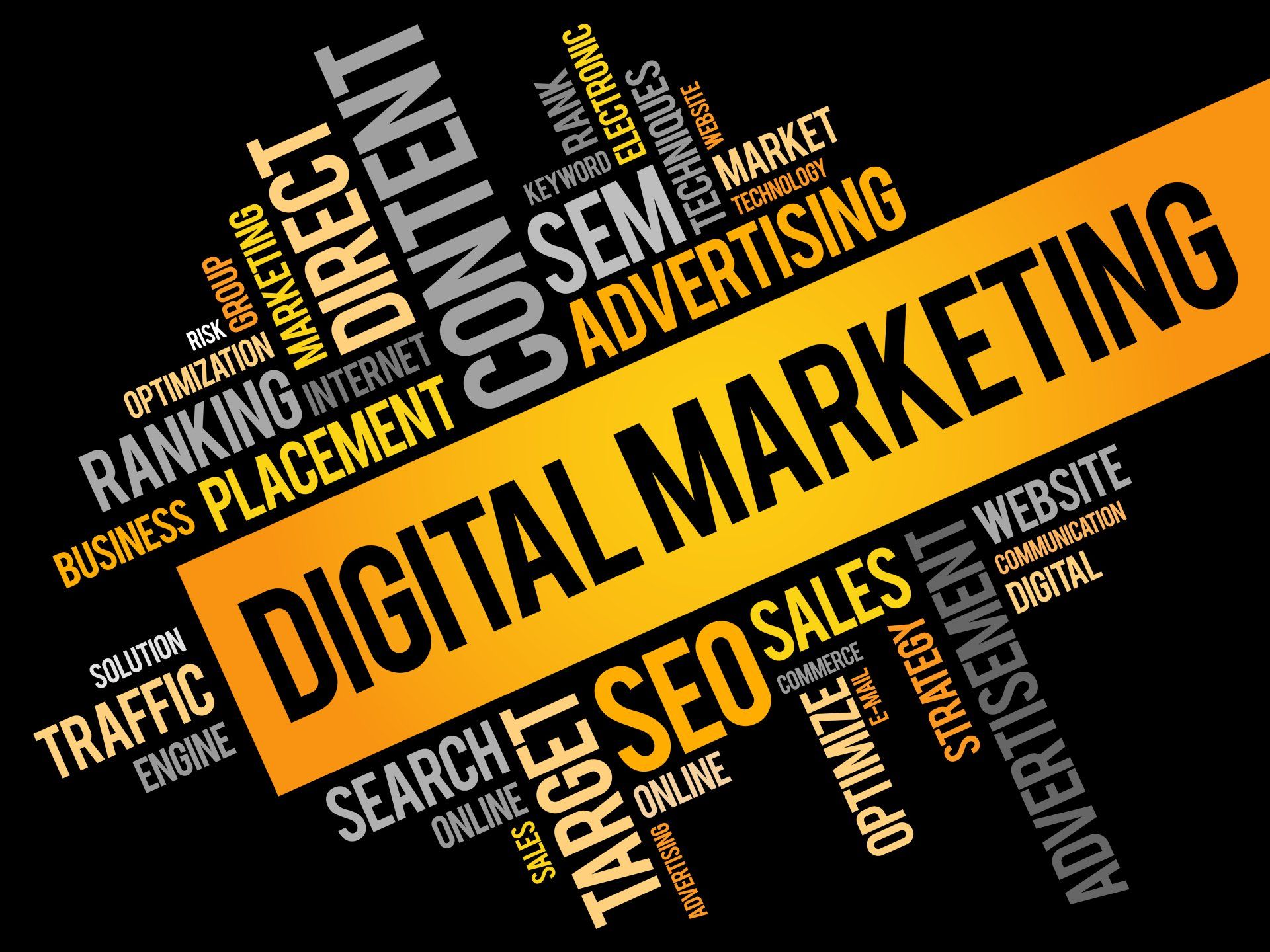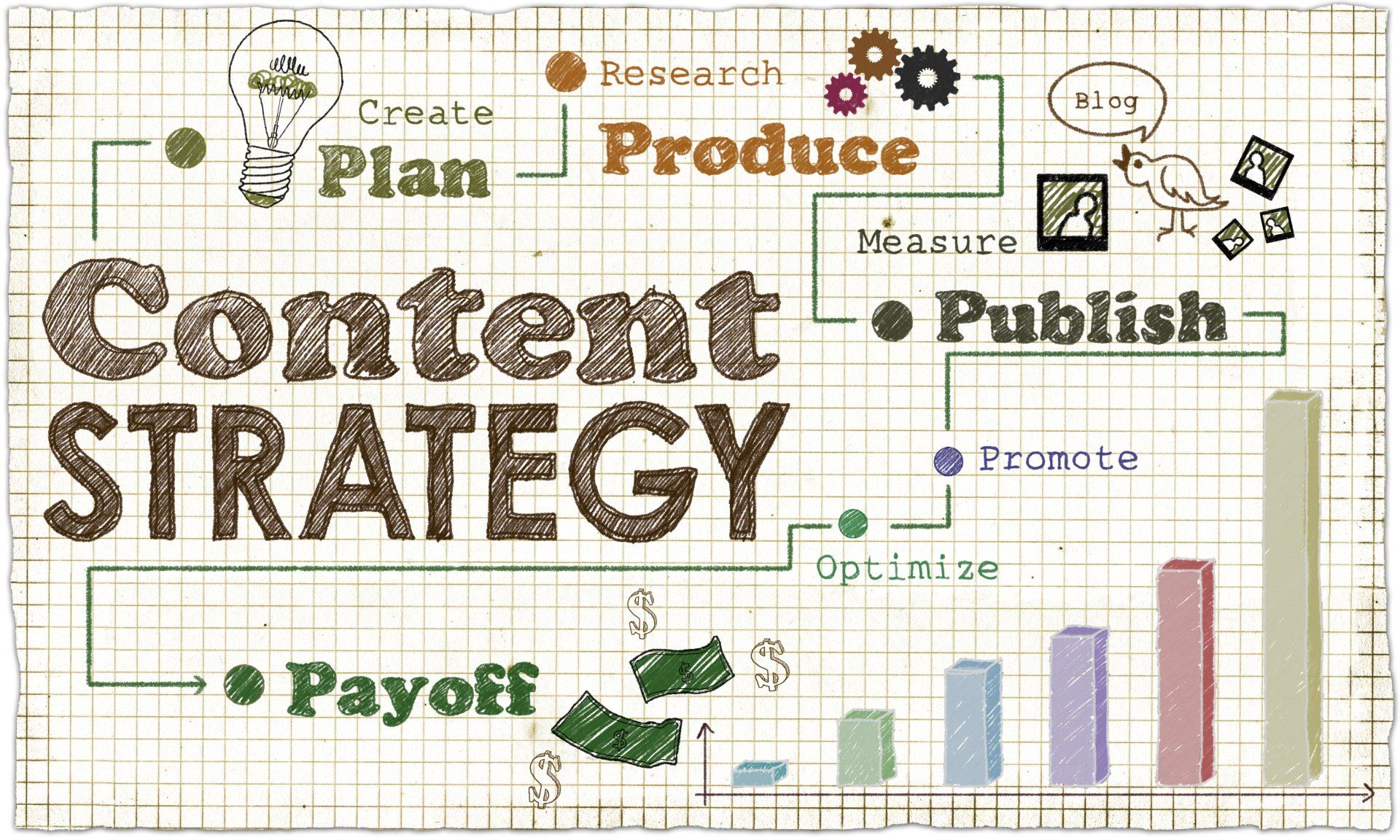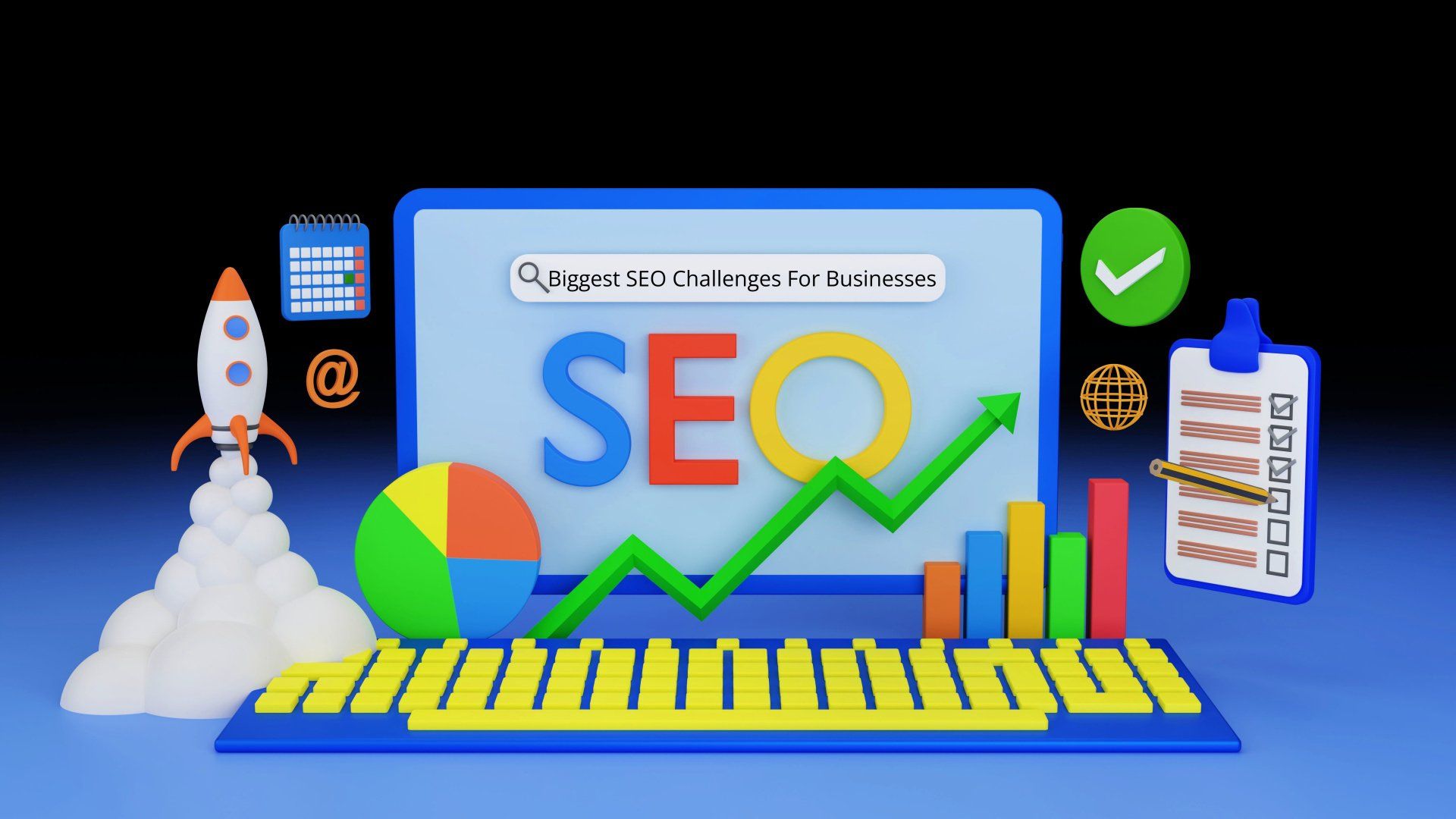Innovative Marketing Solutions for Business Growth
Innovative Marketing Solutions for Business Growth

What Are Marketing Solutions and Why Are They Essential for SMBs?
Marketing solutions integrate services and technologies that automate
campaigns, track
performance, and personalize outreach to drive
demand. By aligning strategy with execution, small and medium businesses gain a
competitive advantage through improved
brand awareness,
lead generation, and
customer retention. For example, combining SEO with
email marketing and
predictive analytics creates a cohesive
omnichannel presence that accelerates growth.
Smith, J., "The Importance of Integrated
Marketing for SMBs" (2023)
These interconnected elements lay the foundation for further exploration of
automation,
advertising, engagement, and
analytics.
How Do Marketing Solutions Improve Business Growth?
They synchronize key touchpoints—website,
landing page, email, and
mobile app—delivering personalized content based on
buyer intent. This
automation of
lead generation and
budget optimization for
search engine and
affiliate marketing boosts
visibility, speeds up pipeline velocity, and turns prospects into loyal customers. This synergy paves the way for
marketing automation software to streamline processes further.
What Types of Marketing Solutions Are Available for Small and Medium Businesses?
SMBs have several options:
- Marketing Automation Platforms – Handle email marketing, lead scoring, and segmentation.
- Advertising Suites – Manage Google Ads, Facebook Ads, and retargeting.
- Content Marketing Solutions – Offer landing page builders, copywriting tools, and podcast hosting.
- Social Media Management – Provide scheduling, social listening, and analytics dashboards.
- Business Intelligence Tools – Deliver predictive analytics and demand forecasting.
These overlapping categories create a seamless
ecosystem for growth.
How Does Marketing Automation Software Enhance Marketing Efficiency?
Marketing automation software automates repetitive tasks, such as email campaigns, lead nurturing, and data analysis, allowing teams to focus on strategy and
creativity. By centralizing
behavior tracking across websites, mobile devices, and apps, the software delivers tailored content at critical touchpoints, boosting
customer satisfaction and conversion rates.
Marketing Automation Software Benefits. This technology streamlines processes by automating emails, lead nurturing, and data analysis, enhancing team focus on strategy while improving customer satisfaction and conversion [2].
Brown, A., "Marketing Automation: A Guide for Businesses" (2022)
This efficiency paves the way for further
automation and AI
personalization.
What Are the Key Features of Marketing Automation Software?
- Automated Email Sequences: Segment lists to deliver messages at the right time.
- Lead Scoring: Prioritize prospects based on engagement.
- CRM Integration: Sync submissions, backlink data, and purchase history.
- Reporting Dashboards: Visualize performance metrics such as open and click-through rates.
- A/B Testing Tools: Compare headlines, CTAs, and landing pages for continuous improvement.
Each element speeds up
campaigns and underpins
data-driven decisions.
How Can AI-Powered Automation Personalize Customer Experiences?
AI-driven
automation studies
customer
behavior and purchase history to predict preferences and tailor content in real time. Machine learning adjusts email timing, ad targeting, and recommendations, ensuring dynamic landing pages and reducing wasted ad spend. This responsiveness reinforces effective
advertising strategies.
What Are the Most Effective Advertising Strategies in Modern Marketing Solutions?
Effective
advertising integrates
search engine
marketing, display
ads,
social media promotions, and retargeting to keep a strong
brand presence throughout the
customer journey. Combining strict
budget control with
data-driven targeting helps achieve efficient
lead generation and a higher return on ad spend.
Effective Advertising Strategies Combining search engine marketing, display ads, and social media with retargeting maintains brand visibility and drives efficient lead generation and ROI [3].
Davis, C., "Advertising Strategies in the Digital Age" (2024)
These strategies rely on platform-specific tactics and testing frameworks.
How to Use Google Ads and Facebook Ads for Targeted Campaigns?
Google Ads and Facebook
Ads offer precision targeting through
keyword research, demographic filters, and custom audiences. Their differing strengths—Google’s focus on keywords and device targeting versus Facebook’s emphasis on interests and lookalike audiences—help guide effective ad placements.
Google Ads (Targeting, Keywords, location, device)
Facebook Ads (Audience Segmentation, Interests, behaviors, lookalikes)
Ad Format (Display, video, carousel)
What Role Does Retargeting Play in Advertising Success?
Retargeting re-engages visitors who have abandoned carts or landing pages by showing them relevant
ads across websites and
social media. This tactic reinforces
brand recall and nudges prospects toward conversion, offering up to a 70% boost in conversion and lower acquisition costs.
How Can A/B Testing Optimize Advertising Performance?
A/B testing compares different ad elements—headlines, images, and calls to action—to reveal which variations perform best. By measuring conversion metrics, marketers adjust
campaigns and allocate budgets to the highest-return
ads, supporting steady
revenue growth through
data-driven decisions.
How Can Customer Engagement Techniques Boost Marketing Results?
Deep
customer engagement builds stronger relationships through personalized
marketing,
loyalty
programs, and automated service touchpoints. Engaged customers tend to be more loyal and offer higher lifetime value and referral potential.
What Are the Best Practices for Personalized Marketing?
Personalized
marketing uses
customer
data to tailor offers across email, mobile apps, and
social media. Best practices include:
- Collecting and segmenting data by touchpoint and demographic.
- Using dynamic email content to display relevant products.
- Triggering messages based on specific site behaviors like cart abandonment.
- Integrating offline and online channels.
- Monitoring performance to continuously refine segments.
How Does Customer Service Automation Improve Engagement?
Automated
customer service – via chatbots, AI help desks, and ticketing systems – resolves inquiries promptly and routes complex issues to human agents. This 24/7 support boosts satisfaction and frees teams to focus on strategic initiatives, encouraging repeat purchases.
What Loyalty Programs Drive Customer Retention?
Effective
loyalty
programs use points, tier levels, and exclusive benefits to reward repeat purchases and referrals. These incentives
build emotional connections and promote sustained engagement.
Program Type
Attribute
Value
Incentive Mechanism
Earn points per purchase
Tiered Status Levels
Bronze, Silver, Gold with perks
Referral
Acquisition Strategy
Rewards for referrals
Subscription
Recurring Revenue Model
Monthly perks for a fee
What Are the Key Components of Social Media Marketing Solutions?
Social media
solutions combine content strategy, scheduling tools, community
management, and social listening to monitor
brand reputation and
customer sentiment. A strong
social media framework drives
brand awareness, engages prospects, and supports
lead generation through both organic and paid efforts.
How to Develop an Effective Social Media Strategy?
A robust
social media strategy aligns
business goals with audience
behavior. Steps include:
- Defining clear goals (brand awareness, lead generation, customer service).
- Identifying primary platforms based on research.
- Creating a balanced content mix.
- Setting posting frequency and style guidelines.
- Measuring key performance indicators like engagement rate and conversions.
What Tools Help Manage Social Media Content Calendars?
Content calendar tools help organize posts and deadlines while supporting team collaboration. Features like multi-channel publishing, approval workflows, and detailed
analytics ensure consistency and
performance.
How Does Social Listening Enhance Customer Insights?
Social listening involves monitoring
brand mentions and industry trends in real time. By analyzing keywords and sentiment,
marketing teams can adjust strategies, address
customer pain points, and capture market opportunities.
How Do Data-Driven Insights Improve Marketing Solution Outcomes?
Data-driven insights enable measurement of
campaign effectiveness and inform strategic decisions. Leveraging
analytics helps businesses optimize budgets, identify growth opportunities, and increase overall ROI.
What Analytics and Reporting Features Are Essential?
- Real-Time Dashboards: Display campaign performance and budget spend.
- Attribution Models: Assign credit to various touchpoints.
- Funnel Analysis: Track conversion rates from awareness to sale.
- Custom Reports: Support revenue projection and demand forecasting.
These tools provide the actionable
intelligence needed for continuous improvement.
How Can Data-Driven Marketing Increase ROI?
Personalizing offers based on
predictive analytics and optimizing resource allocation through continuous testing enable businesses to reduce wasteful spend and amplify high-return tactics, leading to stronger
revenue growth.
What Are the Trends in AI and Machine Learning for Marketing Analytics?
Emerging trends include:
- Predictive Analytics: Forecast customer churn and lifetime value.
- Natural Language Processing: Analyze social and support channel sentiment.
- Automated Insights: Identify performance anomalies.
- Visual Analytics: Interpret image and video engagement metrics.
These innovations help marketers stay proactive and competitive.
How to Choose the Right Marketing Solutions for Your Business Needs?
Choosing the right
marketing solutions involves evaluating
business goals,
budget constraints, scalability, and technical integrations. A systematic comparison ensures the chosen tools align with growth plans and maximize ROI.
What Factors Should SMBs Consider When Selecting Marketing Tools?
Consider these criteria:
- Features vs. Needs: Ensure tools match business objectives.
- Integration: Compatibility with existing CRM, CMS, and databases.
- Usability: Ease-of-use for both marketing and operations teams.
- Support and Training: Access to vendor resources for onboarding.
- Security and Compliance: Adherence to data protection and privacy standards.
What Are the Cost and Scalability Considerations?
Key factors include:
- Upfront vs. Recurring Fees: Consider implementation versus subscription costs.
- User and Contact Limits: Plan for database growth.
- Add-On Expenses: Budget for modules like predictive analytics.
ROI Timeline: Estimate the payback period based on improved conversion.









